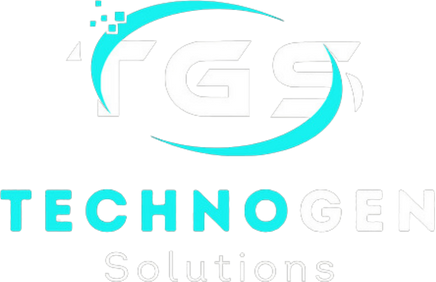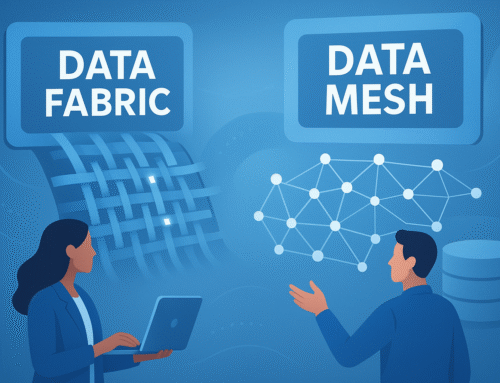Digital marketing has transformed how businesses reach and engage with their target audience. Digital marketing covers a broad spectrum of strategies that help brands grow online, from social media platforms to search engines. In today’s competitive landscape, mastering the ins and outs of digital marketing is crucial for success. In this article, we will break down the core concepts, tools, and strategies involved in digital marketing to comprehensively understand what it entails.
The Fundamentals of Digital Marketing
What is Digital Marketing?
At its core, digital marketing refers to the use of online channels to promote products, services, or brands. Unlike traditional marketing, which relies on physical media like billboards, television ads, and print, digital marketing operates in the virtual world, utilizing the internet and mobile devices. Digital marketing is not just about selling; it’s about engaging, building relationships, and creating value for your audience.
Key Components of Digital Marketing
Digital marketing is a multi-faceted approach that incorporates several tactics and strategies to help brands achieve their goals. Here are the main components:
1. Search Engine Optimization (SEO)
SEO involves optimizing your website and content to rank higher on search engine results pages (SERPs). This helps drive organic traffic to your site, making it more visible to people searching for specific keywords.
2. Content Marketing
Content marketing focuses on creating and distributing valuable, relevant, and consistent content to attract and engage a target audience. Blog posts, articles, videos, infographics, and eBooks are all examples of content that can drive engagement and build brand authority.
3. Social Media Marketing
This involves promoting your brand on platforms like Facebook, Instagram, Twitter, LinkedIn, and TikTok. It’s not just about posting updates; social media marketing is about fostering relationships, generating leads, and driving conversions through targeted campaigns.
4. Pay-Per-Click (PPC) Advertising
PPC is a form of paid advertising where you pay a fee each time someone clicks on your ad. Google Ads is the most popular platform for PPC, but you can also run ads on social media networks or other online platforms.
5. Email Marketing
Email marketing remains one of the most effective digital marketing strategies. By sending personalized and relevant content directly to a user’s inbox, you can nurture leads, encourage repeat purchases, and build long-term customer relationships.
6. Affiliate Marketing
This is a performance-based strategy where you partner with affiliates who promote your product or service for a commission on sales generated through their efforts. Affiliate marketing is popular in the eCommerce world and allows businesses to expand their reach.
7. Influencer Marketing
With the rise of social media, influencer marketing has become a powerful way to promote products. Brands collaborate with influencers to reach their followers and create authentic endorsements.
The Benefits of Digital Marketing
1. Global Reach
Unlike traditional marketing, which is often confined to a specific location, digital marketing can reach a global audience. Your website, social media pages, and other online assets are available to anyone with an internet connection.
2. Cost-Effectiveness
Digital marketing is often more affordable than traditional methods. Small businesses can compete with larger companies by running targeted campaigns on platforms like Google Ads or Facebook Ads for a fraction of the cost of TV or print advertising.
3. Measurable Results
One of the most significant advantages of digital marketing is the ability to track performance. Tools like Google Analytics, HubSpot, and Hootsuite allow you to monitor your campaigns in real-time, providing valuable insights into what’s working and what isn’t.
4. Personalized Targeting
Digital marketing allows you to target specific segments of your audience based on demographics, location, behavior, and more. With advanced targeting options, your campaigns can be laser-focused, increasing the likelihood of conversions.
5. Improved Conversion Rates
Since digital marketing provides real-time data, you can adjust your strategies to optimize your performance and increase conversions. Whether it’s tweaking your SEO, refining your social media strategy, or A/B testing your PPC ads, the ability to adapt quickly is key to success.
Understanding the Buyer’s Journey in Digital Marketing
The buyer’s journey represents the path a potential customer takes from initial awareness to the final purchase. Digital marketing plays a crucial role in guiding prospects through each stage of the journey. Here are the three main stages:
1. Awareness
In this stage, potential customers become aware of your brand or product. This is where content marketing, social media, and PPC ads help you get noticed. The goal here is to provide value and education, without directly pushing a sale.
2. Consideration
During the consideration stage, potential customers are evaluating their options. They are comparing products, reading reviews, and researching solutions to their problems. This is where email marketing, retargeting ads, and in-depth blog posts can nurture leads and build trust.
3. Decision
At the decision stage, the customer is ready to make a purchase. Offering a seamless user experience on your website, along with clear calls-to-action (CTAs) and limited-time offers, can encourage conversions.
Trends Shaping the Future of Digital Marketing
1. AI and Machine Learning
Artificial Intelligence (AI) and machine learning are transforming digital marketing. From automated chatbots to predictive analytics, AI helps marketers create more personalized and efficient campaigns.
2. Voice Search Optimization
With the rise of smart speakers like Amazon Echo and Google Home, voice search is becoming a significant part of digital marketing strategies. Optimizing your content for voice search is crucial as more people use it to find information online.
3. Video Marketing
Video content is king in the world of digital marketing. Platforms like YouTube, TikTok, and Instagram are pushing video content to the forefront, making it essential for brands to create engaging video campaigns.
4. Social Commerce
Social media platforms are integrating shopping features, allowing users to purchase directly through apps like Instagram and Facebook. This social commerce trend is blurring the lines between social interaction and online shopping, making it easier for brands to convert followers into customers.
Conclusion
Digital marketing is a vast and ever-evolving field, offering countless opportunities for businesses to connect with their audience, build brand awareness, and drive growth. Whether you’re focusing on SEO, social media, or PPC advertising, understanding the various components and keeping up with emerging trends will ensure that your digital marketing strategy remains effective in the long term. As more businesses shift their focus online, mastering digital marketing is no longer optional—it’s essential for success in the modern marketplace.



Leave A Comment